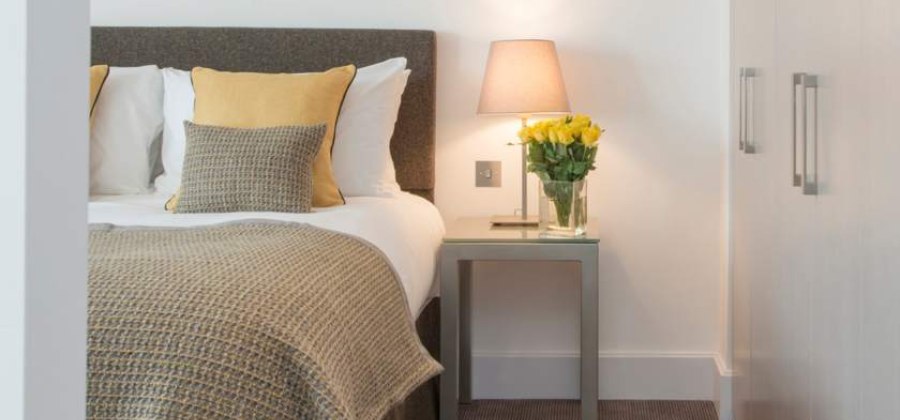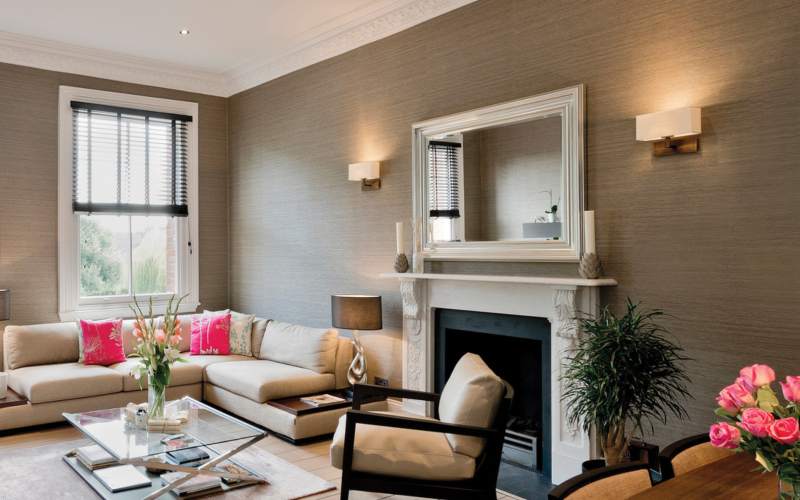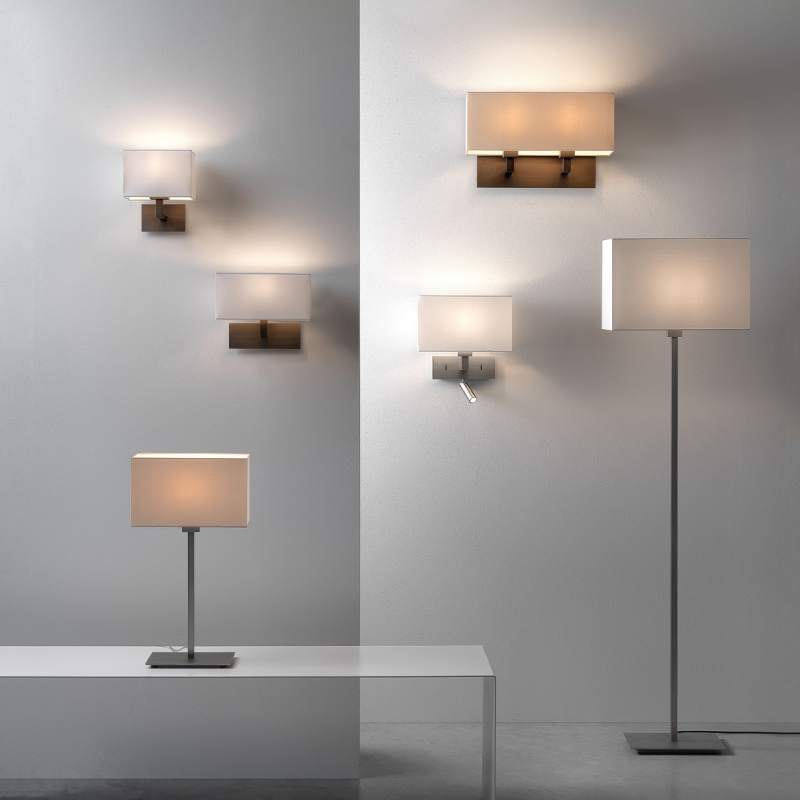Interior design lighting is a skill that not many homeowners or decorators use to its fullest potential. Truthfully, lighting a room may look simple, but it requires plenty of work and attention to detail.
Knowing how and where to install light fixtures is the difference between a dull and a compelling interior environment.
In this article, you will discover how much lighting can impact your interior design projects. By the end, you will know which techniques to use and how to achieve the desired result.
Remember that the purpose and functionality of the space are equally important as the lighting. How you illuminate a restaurant or office is not the same as how you would light a residential home.
Read this article to find out more about the importance of lighting in interior design, how effective interior design can transform a room, the types of light and which is better - natural or artificial light, and the most common types of lighting effects and their purposes.
Importance of Lighting in Interior Designs
Creating the perfect atmosphere using proper lighting techniques can heavily affect many factors.
For example, ideal lighting conditions and colour temperature in the office can influence workers to be more productive. At home, a cosier and warmer light induces a more welcoming environment, whereas light and shadow contrasts can make nightclubs and restaurants stand out for new patrons.
Lighting in interior design influences how you feel and your perception of the place. Therefore, it’s important to study the different lighting styles to identify which one is more convenient for particular spaces.
Effective Interior Design Lighting Can Transform a Room
Professional placement of lighting fixtures makes a huge difference in interior decoration. Here’s how proper lighting can impact the overall atmosphere of any room:
1. Make a Room Look Larger or Smaller
Both natural and artificial lighting can change the perception of a room. Brighter spaces with proper illumination look larger and feel more spacious. On the other hand, darker areas with little to no illumination look smaller and cramped.
2. The Tone of the Room
Proper lighting dictates the general tone of the room. Spaces like offices benefit the most from cool white lighting, as it makes the area look more professional and increases productivity. Warmer rooms like bedrooms or living rooms must be cosy and comfortable, benefitting the most from warmer white balances.
3. Shadows & Reflections to Highlight Features
Proper installation of interior lighting can cast shadows and reflections. This can be beneficial if used correctly, helping homeowners and designers accentuate specific parts of the room, like wall textures, furniture, colours, and other elements.
However, shadows and reflections are not always necessary. In areas like hallways or stairs, optimal lighting without shadows reduces accident risks.
4. Use of Wall Lights to Highlight Specific Spots
Some areas of a household require particular lighting to highlight a specific spot — for example, an area for grooming or near a reading table. Professional interior designers also employ this technique to draw attention and achieve objectives such as highlighting artwork in a museum.
Types of Light
Lighting can be natural or artificial.
Each one poses unique benefits and disadvantages, such as the following:
1. Natural Light
Sunlight is a unique natural light that stimulates the human body and mind. This outdoor lighting is provided free by nature but is a bit more difficult to control for interiors. Plus, the weather and time of day ultimately dictate the tone.
Usually, you can install window coverings, sheers, lined drapes, or window treatments to control natural light.
2. Artificial Light
This lighting type is easier to control and more manageable, allowing you to guide the illumination in specific directions. Additionally, artificial lighting installations can highlight room features, create a cosy environment, or build a welcoming atmosphere.
We’ve found Astro Lighting to produce some of the most easily manageable lighting fixtures to date.
Founded by John Fearon and James Bassant, the company started in business in 1997 and has quickly grown to become one of the UK's premier designers and producers of contemporary lighting.
Natural vs Artificial Lighting — Which One Is Better?
A professional interior decorator knows that using a combination of natural and artificial lights is the correct approach. For instance, sunlight is an excellent source to brighten interiors and set the mood. After the sunlight has dictated how and what will be illuminated, you can study the area to decide how to illuminate the rest of the room.
Spaces with less natural light reception often benefit from brighter colours. On the other hand, adding neutral or cool lights is more suitable for rooms that receive a lot more sunlight.
Artificial lighting is a complement to natural lighting. The purpose of this lighting type is to use lighting devices or fixtures to enhance the room with brightness and illumination. Common items used for artificial lighting include LED light bulbs, wall sconces, floor and table lamps, etc.
Most Common Types of Lighting Effects & Their Purposes
The following are some of the most common types of lighting effects used by home interior designers:
1. Downlighting from the Ceiling to the Room
This recessed lighting style is the most common for interiors. Downlighting fixtures cast brightness downward as the main light source or highlight a spacious area.
But the downside to this type of lighting is that it is more likely to produce shadows.
So, find fixtures to produce the desired downlighting effect such as these lighting fixtures by Astro Lighting.
2. Uplighting from a Lower Point to the Ceiling
This type of lighting bounces off the ceiling to brighten rooms. The illumination produces softer diffused ambient lighting and is more manageable than downlighting. Typically, uplighting is a good style for areas like the bedroom where you need softer tones.
3. Spotlighting to Draw Attention to a Specific Feature
Task lighting and accent lighting commonly use spotlighting effects to turn a unique part of the room into the focal point.
This is particularly good for accentuating task lights in a reading area, grooming spot, dining room table, and more. And any light bulb, floor lamp, or table lamp can achieve this effect.
4. Perimeter Lighting to Increase Room Length Perception
Interior designers, architects, and homeowners often implement perimeter lighting to make the room look larger. The right technique to achieve this ambient light effect is using either coving or cornice lighting.
Is Interior Design Lighting Really That Important?
Most architects and decorators know how to build room structures, but only professional interior lighting designers will bring the place to life. If installed correctly, lighting can alter the perception of a designated space.
Designers usually employ these techniques to make rooms look larger for sale or to give commercial spaces a more welcoming atmosphere for clientele.
Buy Park Lane Collection at Sparks
Home renovators also benefit from interior lighting. If you feel like your home needs a makeover, installing a few light fixtures can make a huge difference.
So, yes, interior lighting is highly important. While working on a new project, consider taking a bit of time on perfecting the lighting to guarantee a more appealing space.







